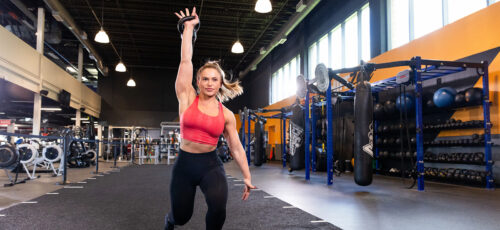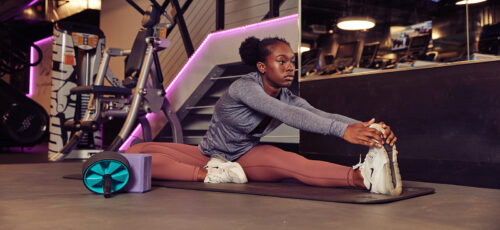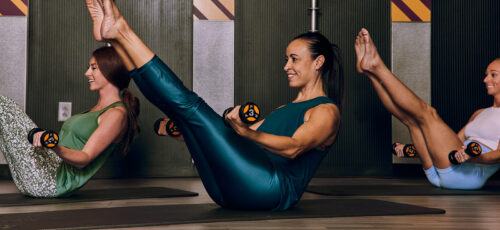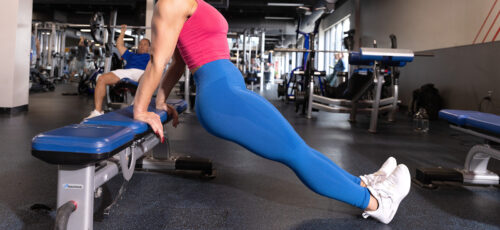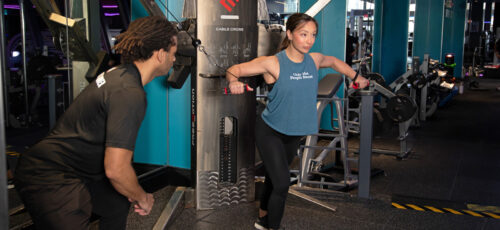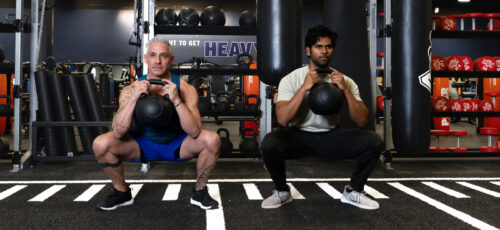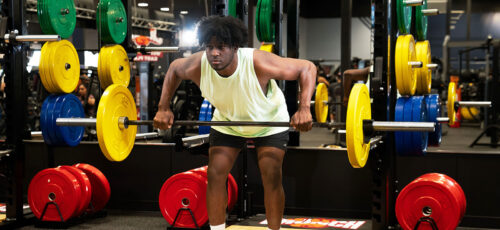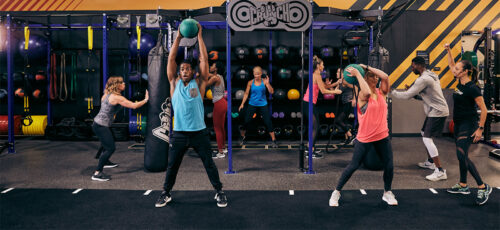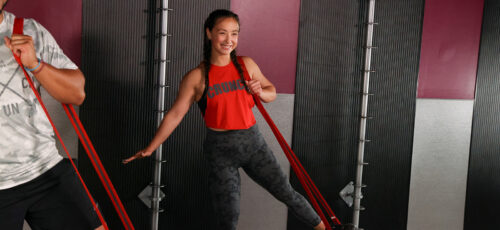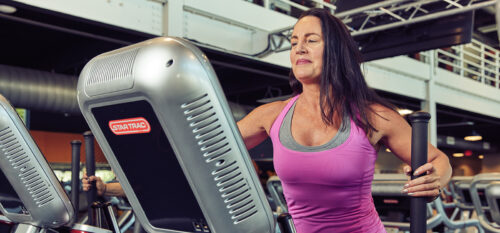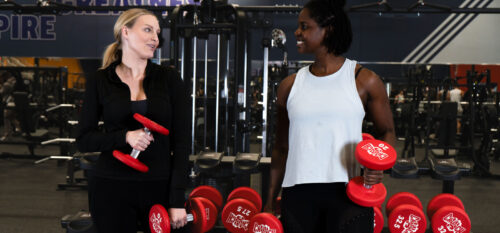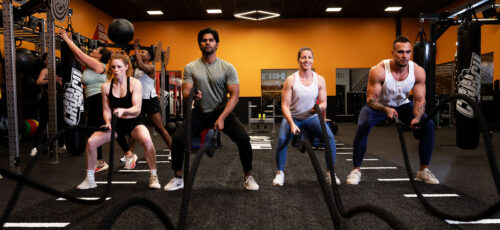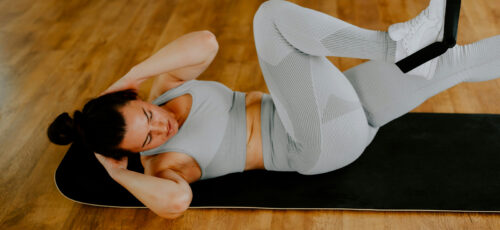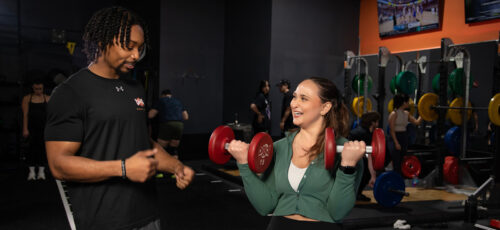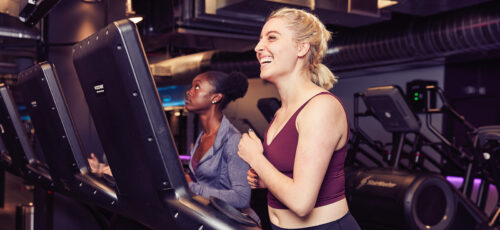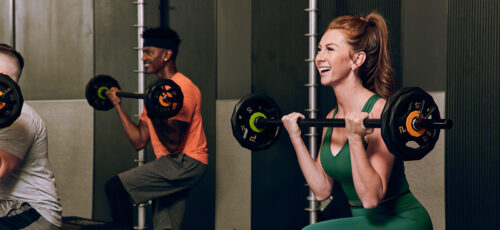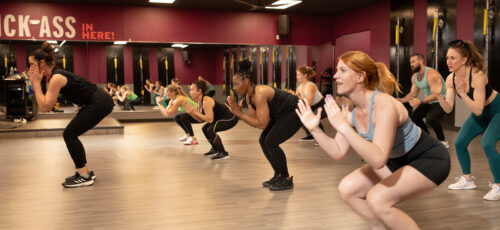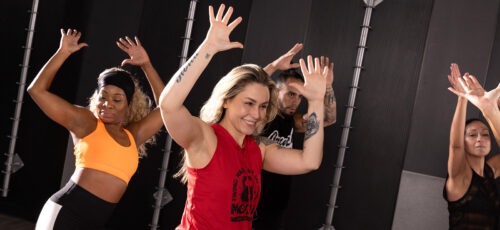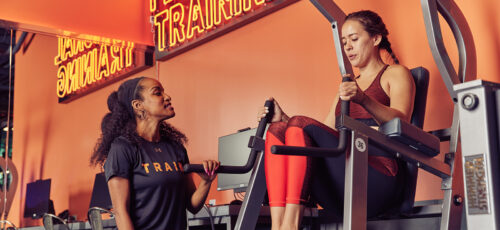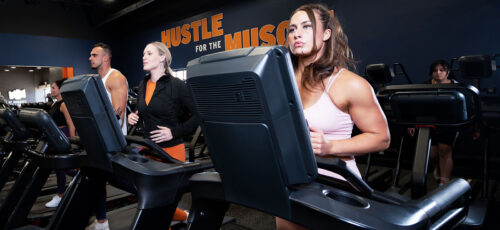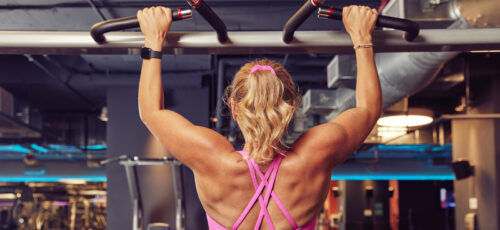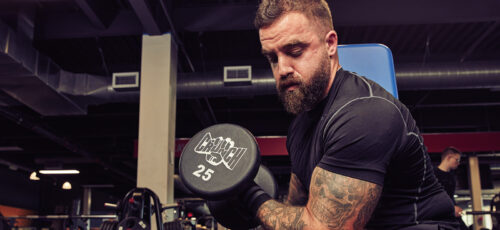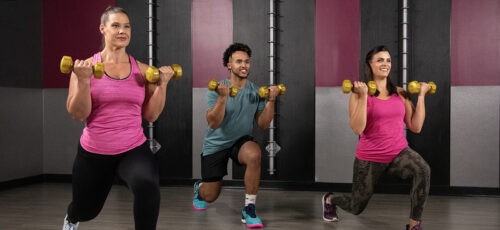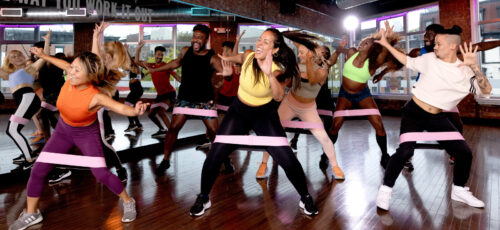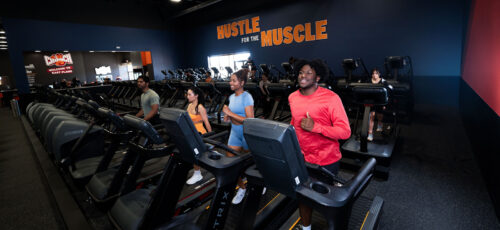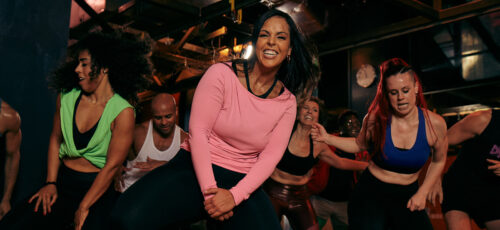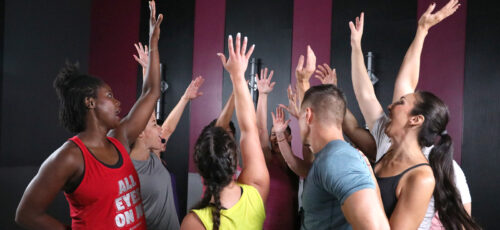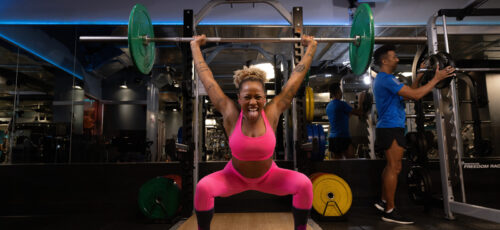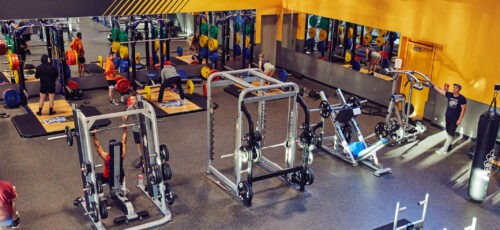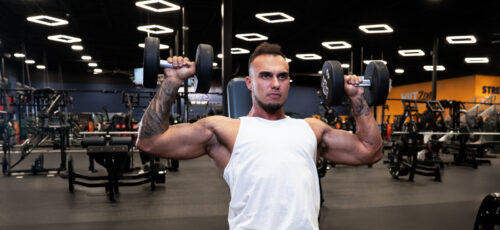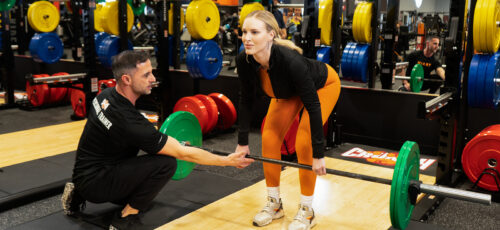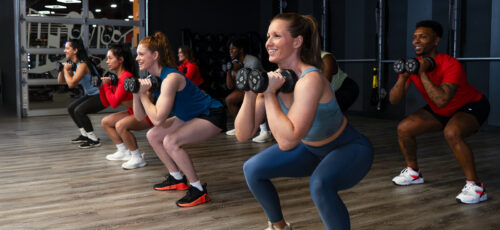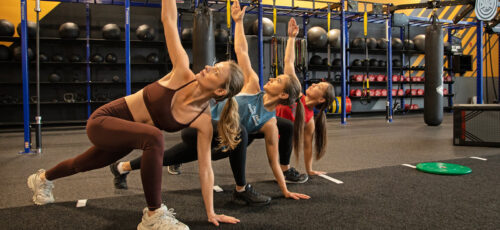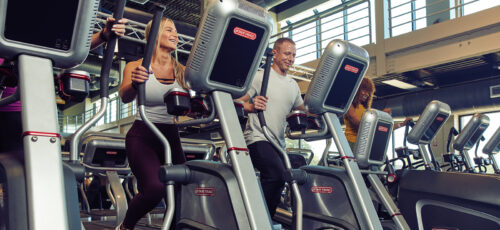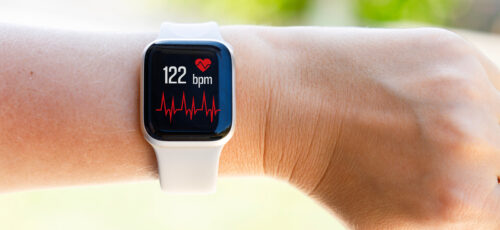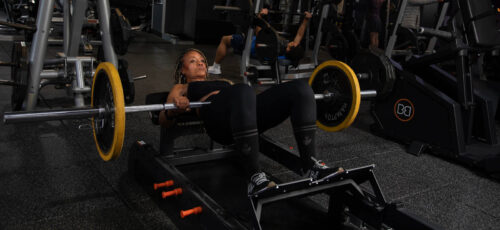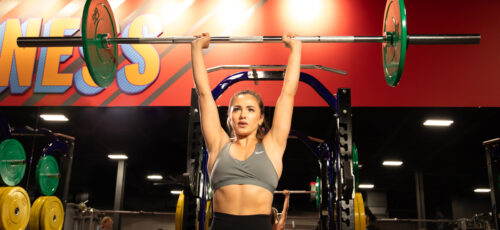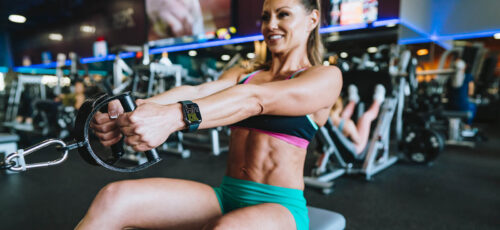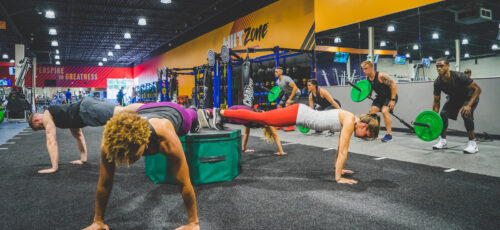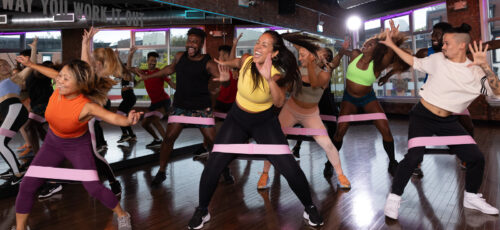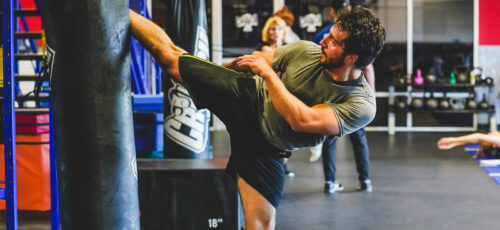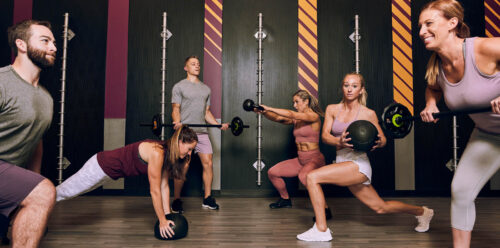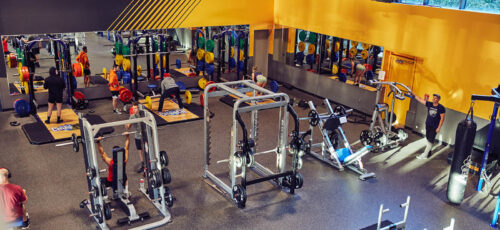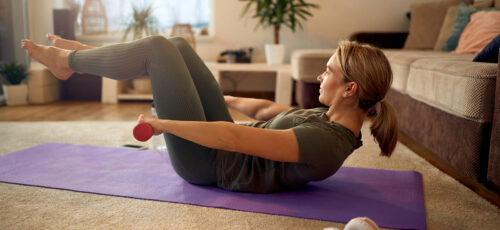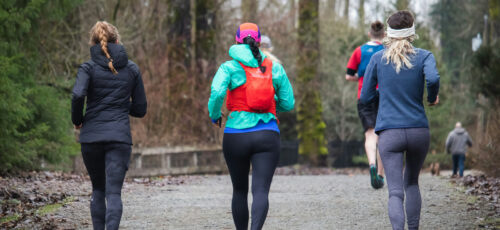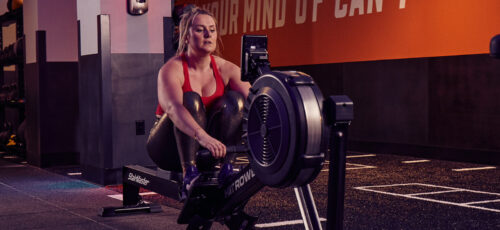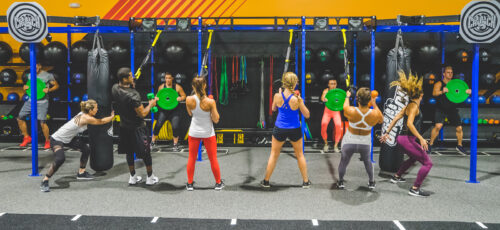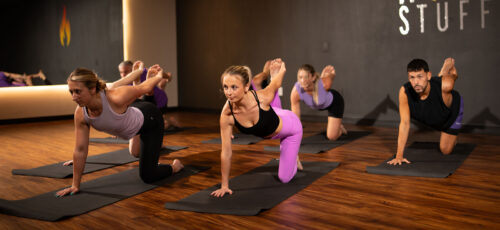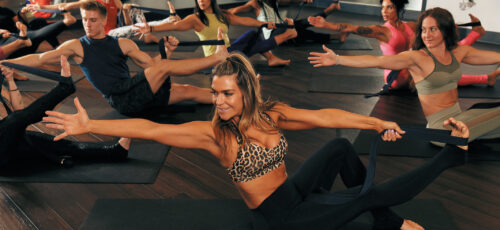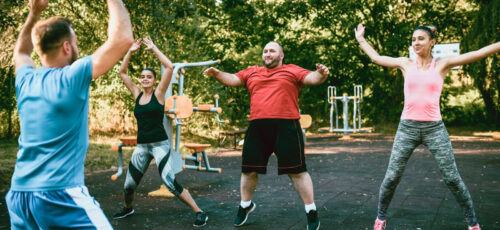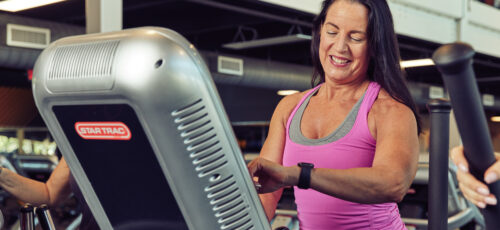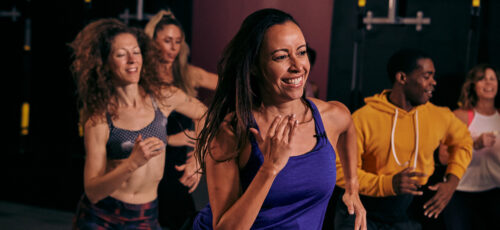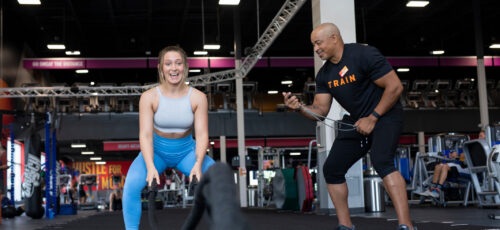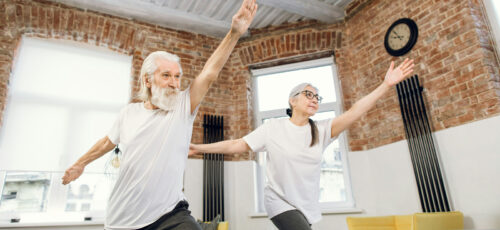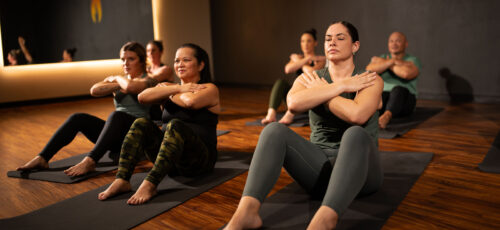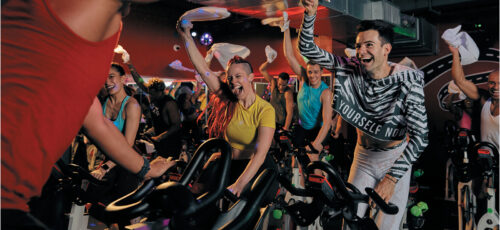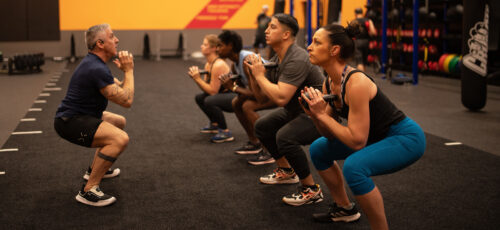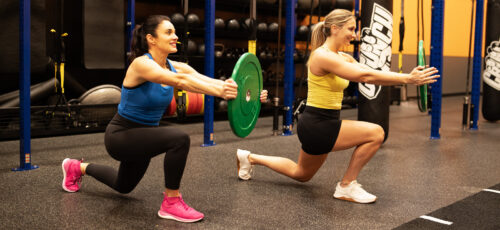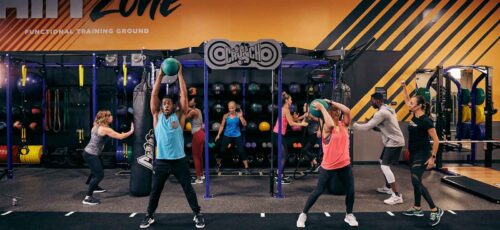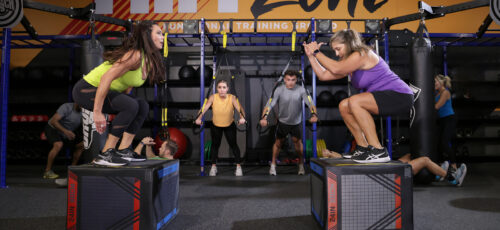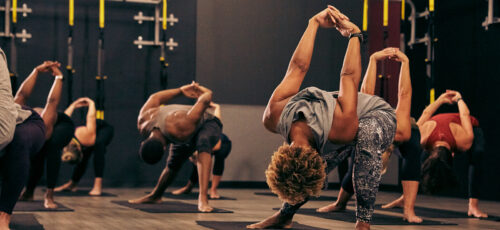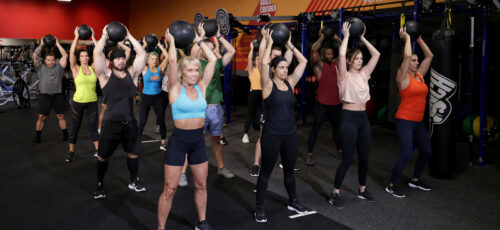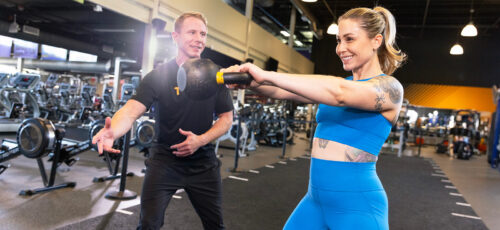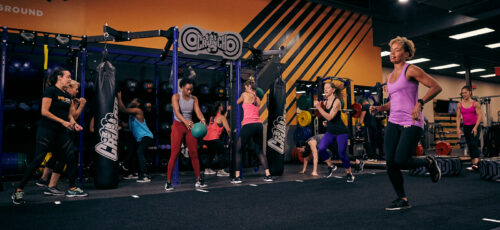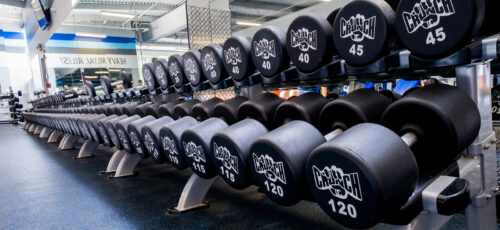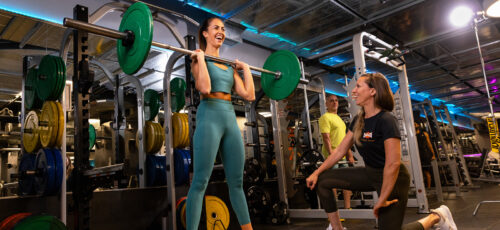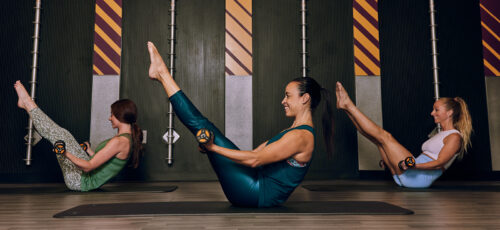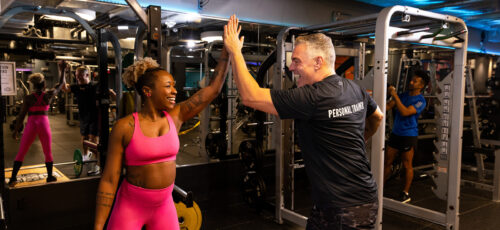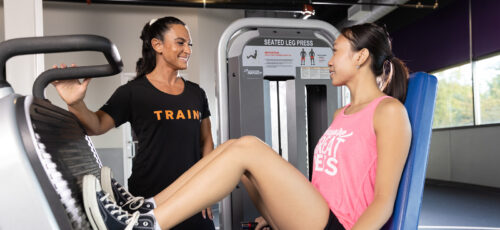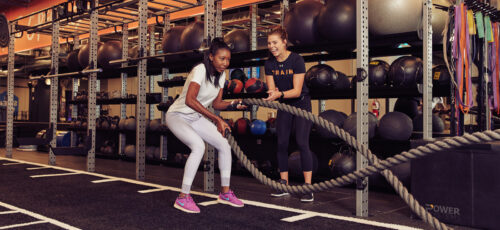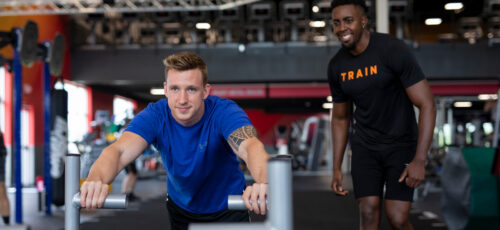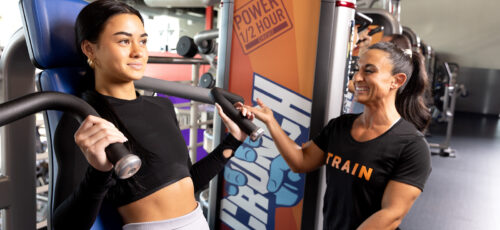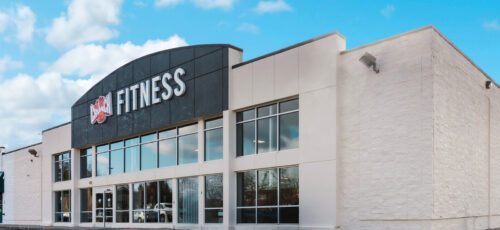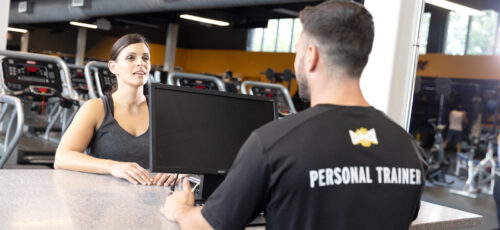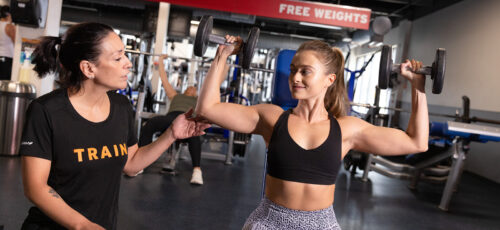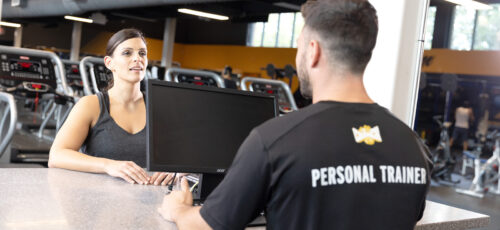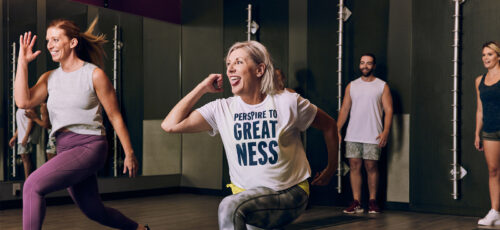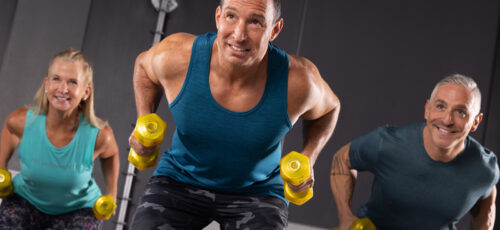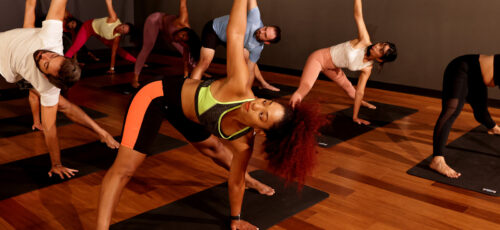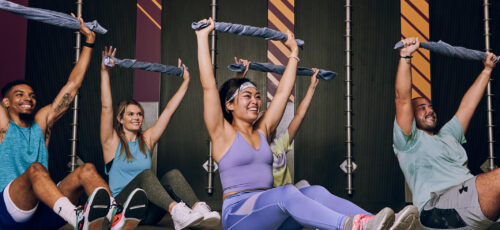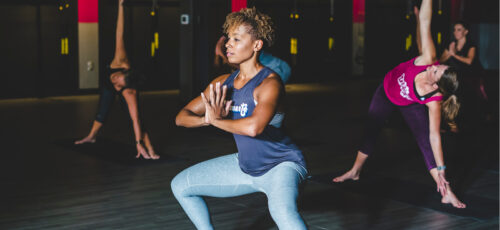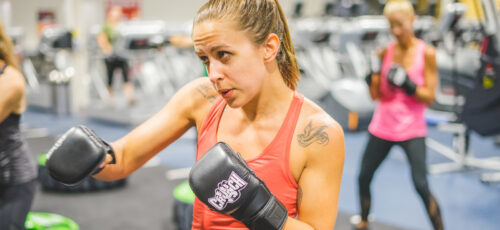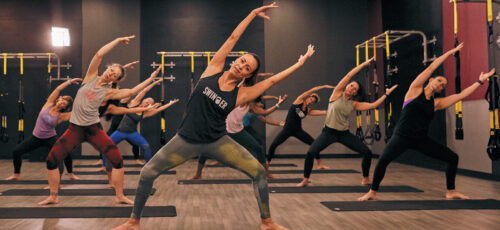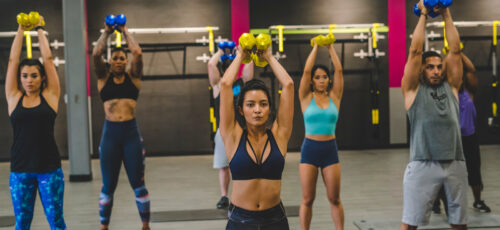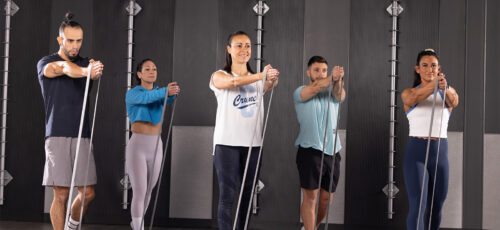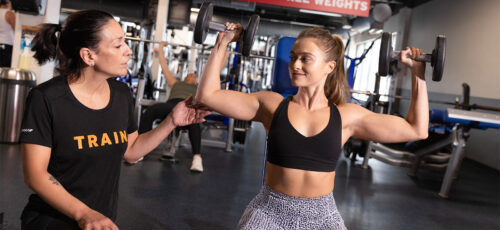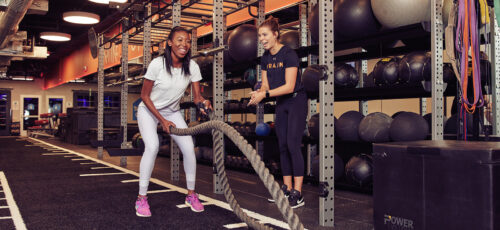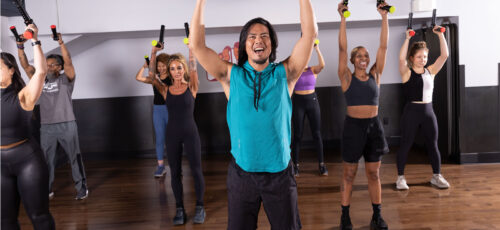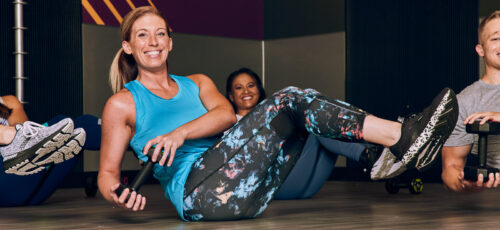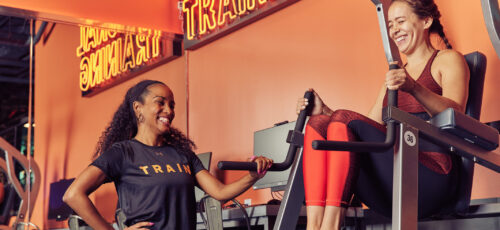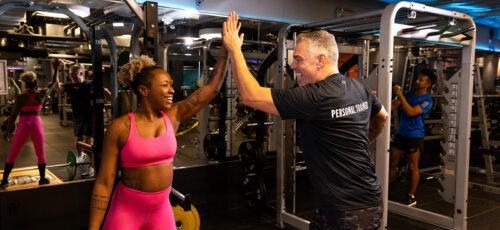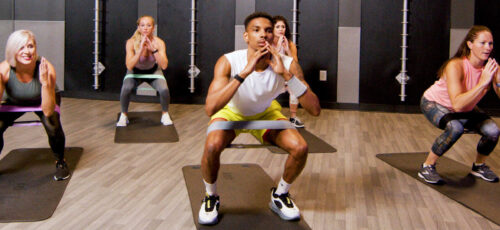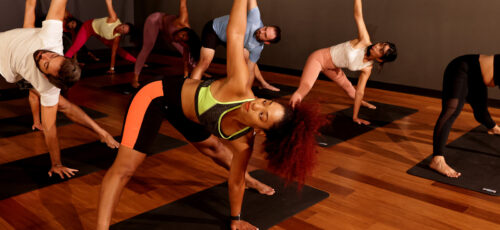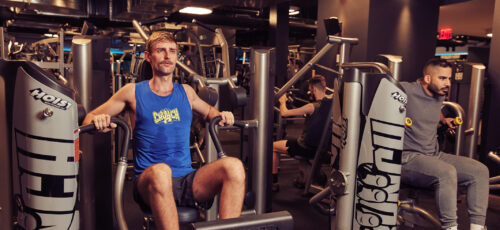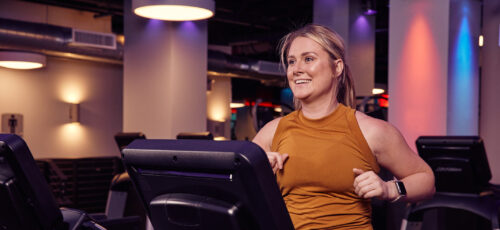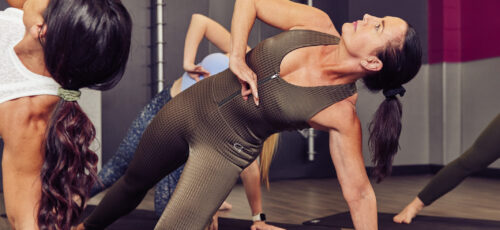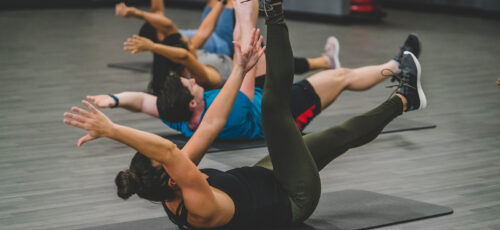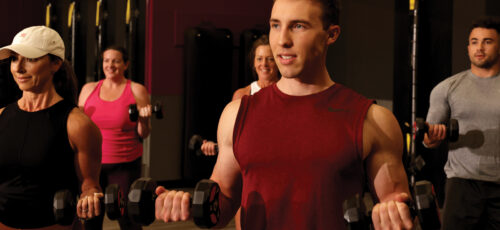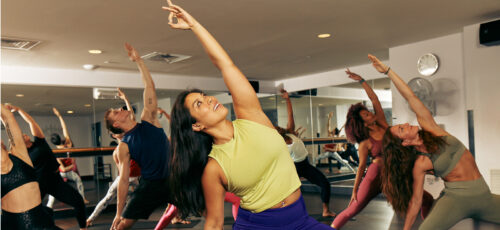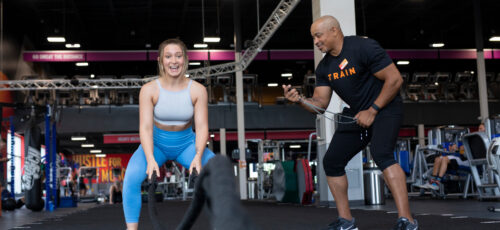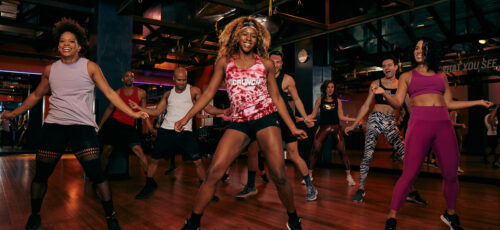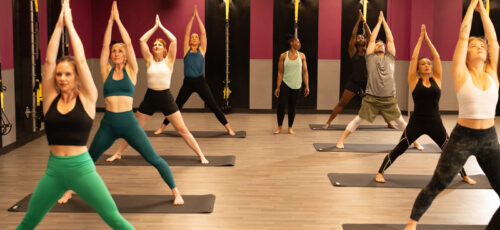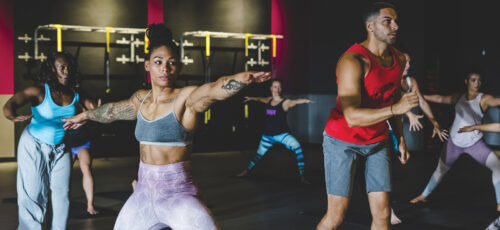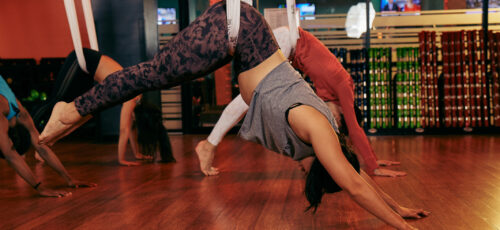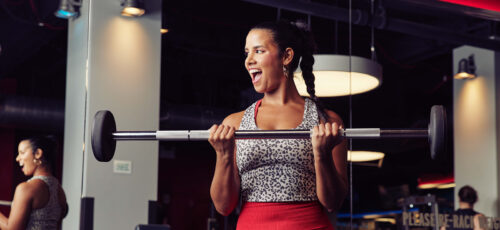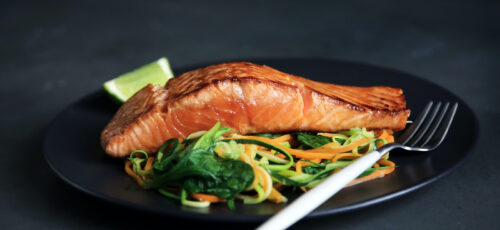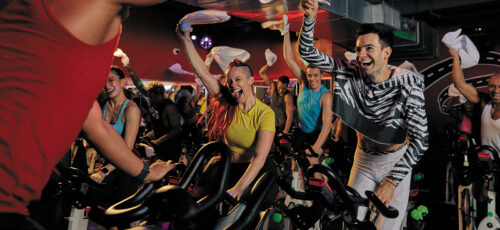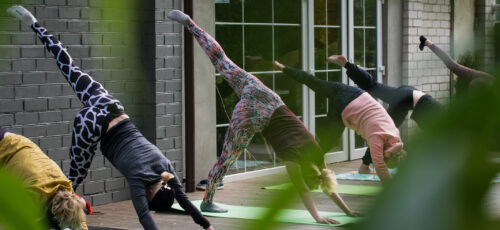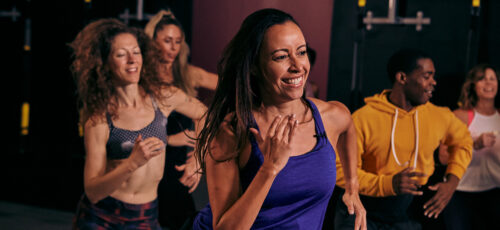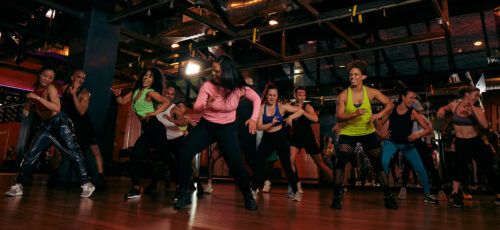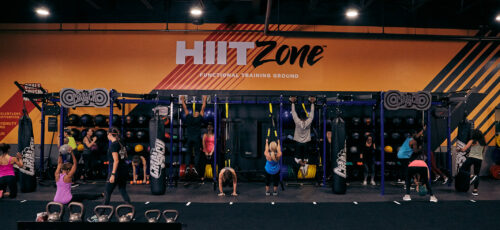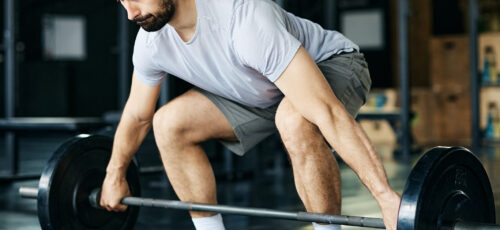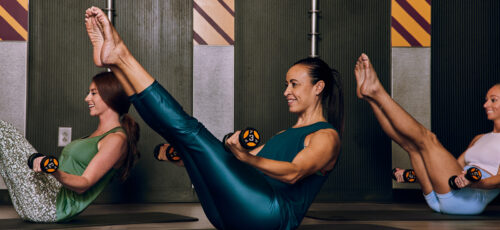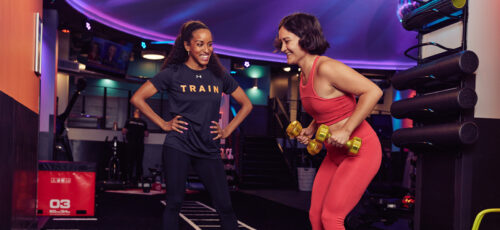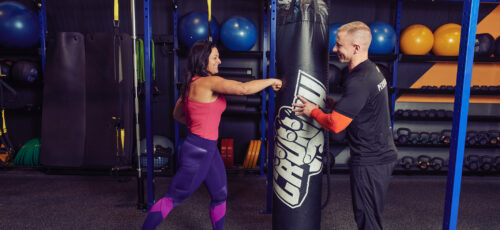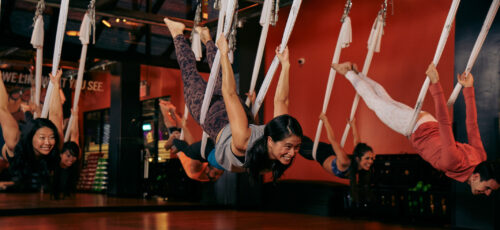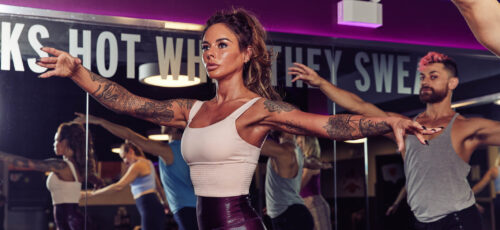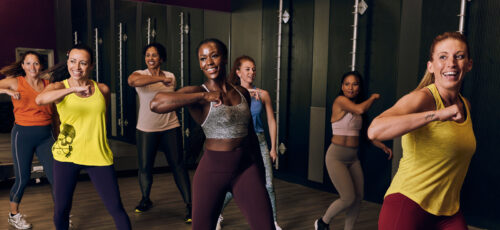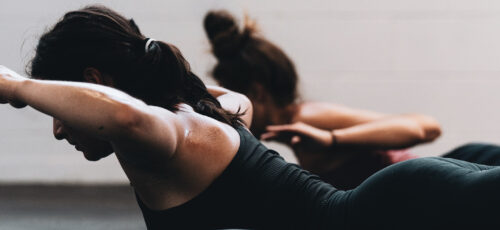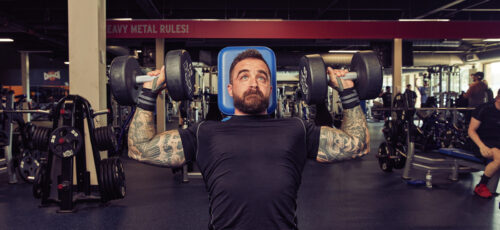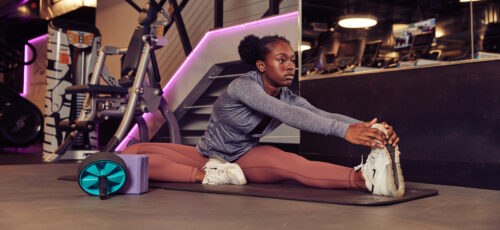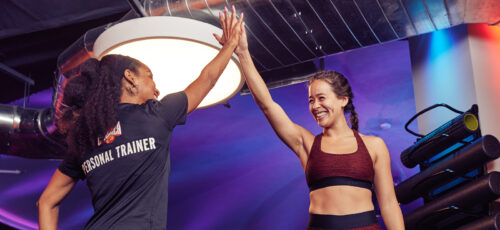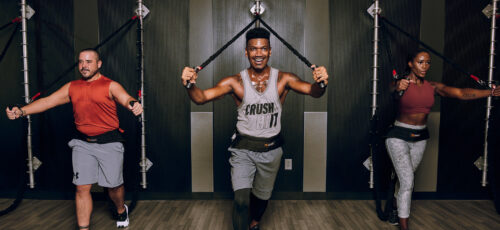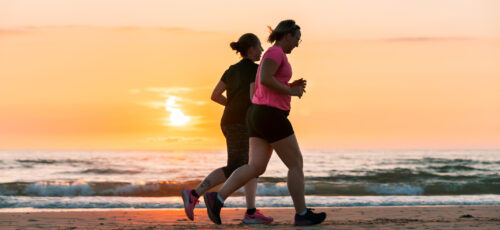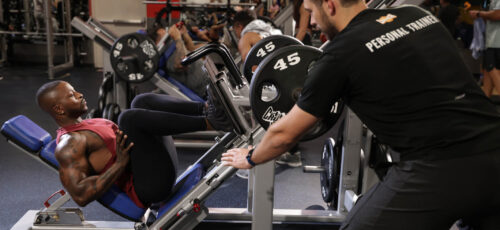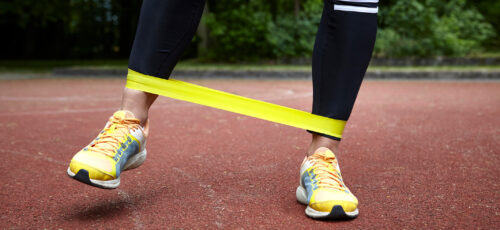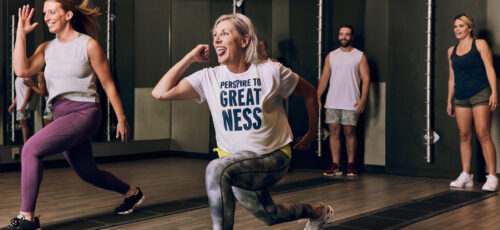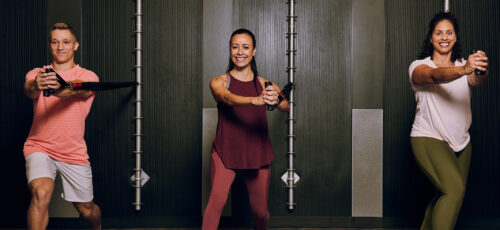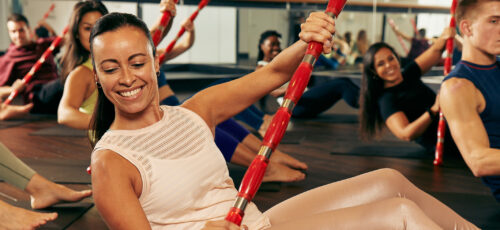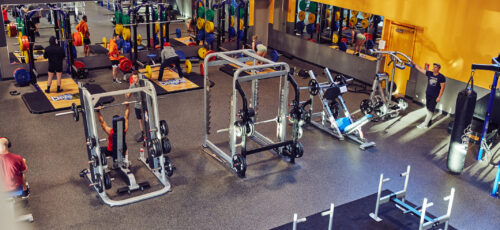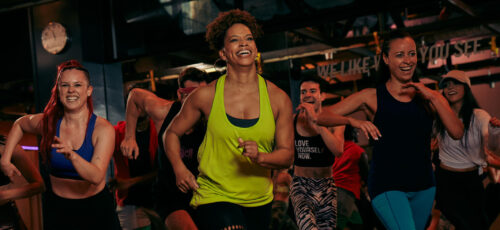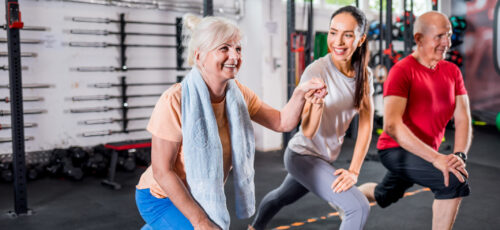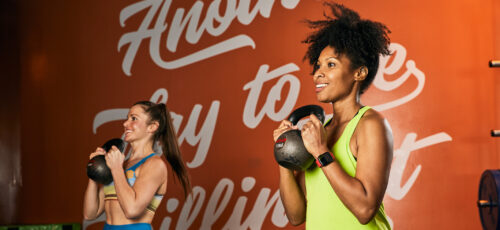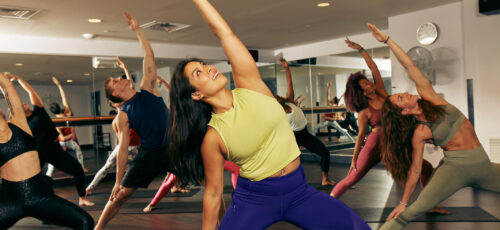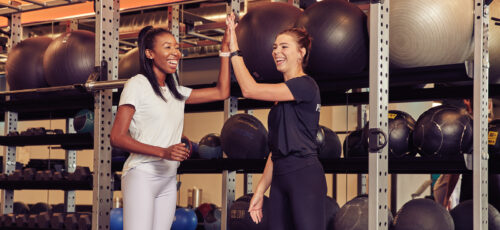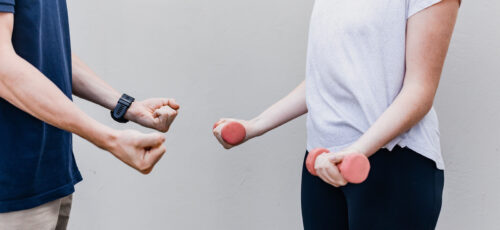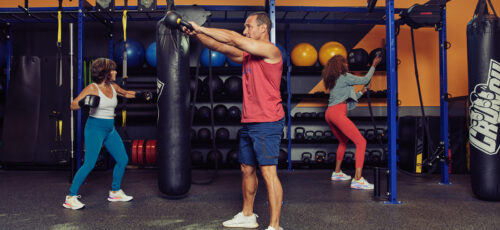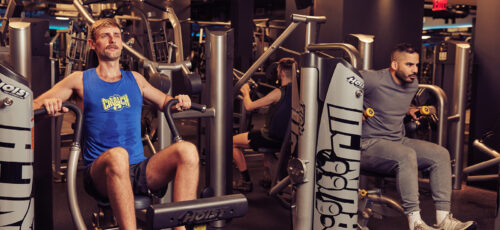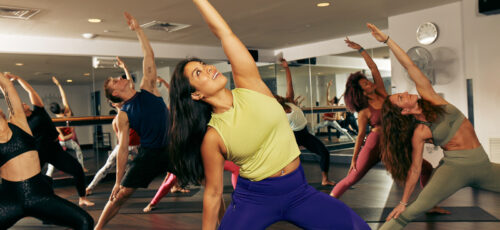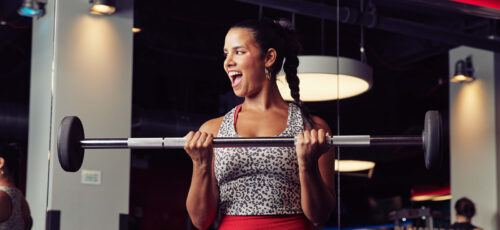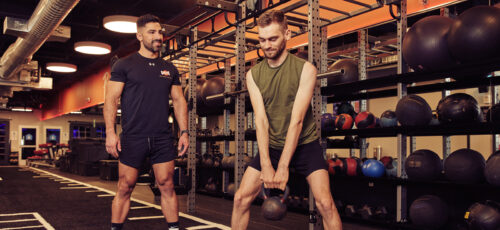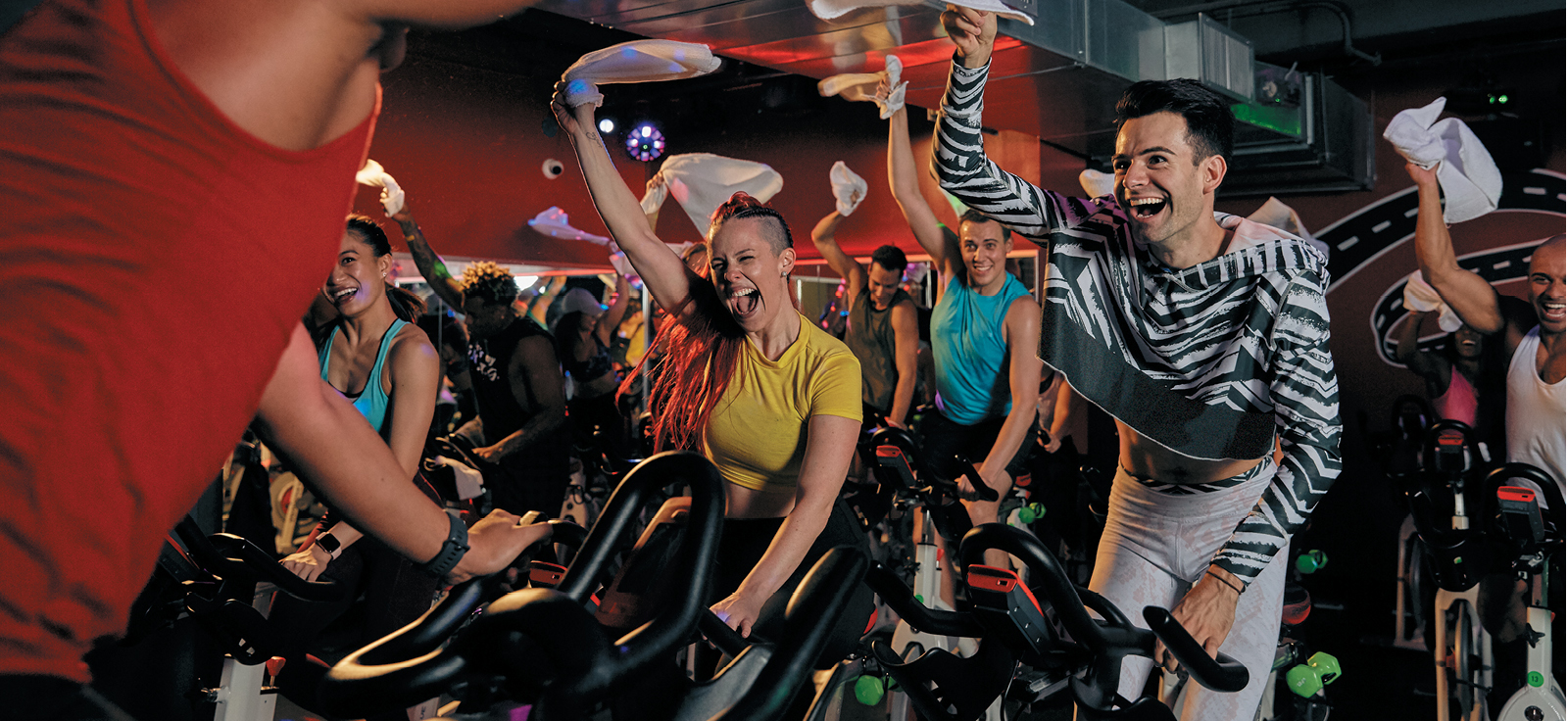
You’ve likely heard it numerous times: “Just do cardio, and the weight will come off.” But is that truly how it works? And what exactly counts as cardio—jogging on a treadmill, dancing like no one’s watching, or brisk walking while avoiding your neighbor’s dog?
Let’s clarify: Aerobic exercise is any physical activity that gets your heart pumping, your blood flowing, and your muscles moving for an extended period. It taps into your body’s aerobic metabolism—a fancy way of saying you’re burning fat using oxygen. And yep, it plays a key role in weight loss, heart health, and improving aerobic fitness.
According to the National Institute of Health, consistent aerobic training like swimming laps, riding a stationary bike, or even dancing in your kitchen can help:
- Reduce body fat and blood pressure
- Improve cardiovascular health and muscle strength
- Lower your risk of heart disease, diabetes, and other chronic health conditions
Here’s the important part: cardio alone isn’t a magic pill. While moderate-intensity aerobic exercise helps you burn calories, pairing it with anaerobic exercise (like lifting weights or HIIT) cranks up your results and supports long-term fat loss.
The World Health Organization recommends at least 150 minutes of moderate aerobic activity per week—think: 5 workouts that leave you sweaty but smiling.
Whether you’re new to the gym or an experienced Crunch warrior, understanding how aerobic workouts work together can totally transform your routine.
Before jumping into another treadmill session or hitting that group aerobic class, let’s take a moment to dive in. There is no fluff; it’s just a friendly chat backed by exercise science and plenty of hard work.
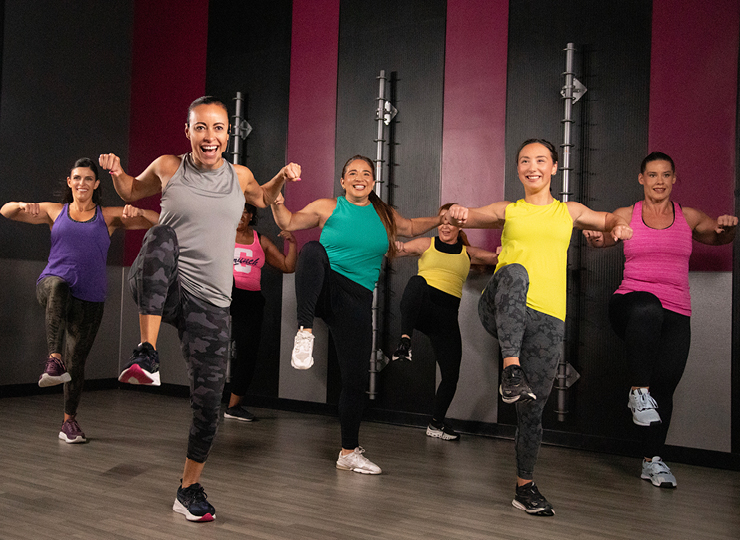
What Is Aerobic Exercise?
Aerobic exercise = “with oxygen.” It’s the kind of physical activity that uses oxygen to produce energy and fuels your muscles over time. You’re not going all-out for 30 seconds and collapsing—you’re pacing yourself, keeping your heart rate elevated, and working those major muscle groups like your legs, glutes, and core.
Some classic (and actually fun) examples of aerobic exercises:
- Brisk walking to your local Crunch gym like it’s a runway walk-off
- Dancing your heart out in an aerobic dancing class
- Swimming laps without looking like a flailing sea otter
- Riding a stationary bike while binge-listening to true crime podcasts
- Doing moderate intensity aerobic exercise like step class, kickboxing, or even hiking uphill with your “emotional support water bottle”.
Basically, if your breathing and heart rate increase and you can keep it going for at least 20–30 minutes, it counts.
How Does Aerobic Exercise Actually Work?
When you do aerobic activity, your body taps into aerobic metabolism, using oxygen to break down fatty acids and glucose for energy. This helps:
- Burn body fat more efficiently
- Improve blood flow and cardiovascular health
- Build your aerobic capacity and muscle strength
- Reduce blood pressure, blood sugar, and even your risk of chronic health conditions
The more you train, the better your body uses fat as fuel—a major win if weight loss or abdominal fat reduction is your goal. (We’ve got you covered there, too: check out our article on burning visceral fat).
And don’t forget: combining aerobic and anaerobic exercises—like pairing cardio with lifting weights—can take your results to the next level. Curious what that combo looks like? This guide has your back: Best exercises for losing weight.
Need more help lowering body fat percentage without losing your mind (or muscle)? Try these smart tips: How to reduce body fat successfully or if belly fat’s your main nemesis? Here’s how to beat it for good.
Aerobic exercise helps you lose weight and stay healthier, happier, and more energized. Just keep showing up, breathe through the burn, and remember—you don’t have to crush it all in one day.
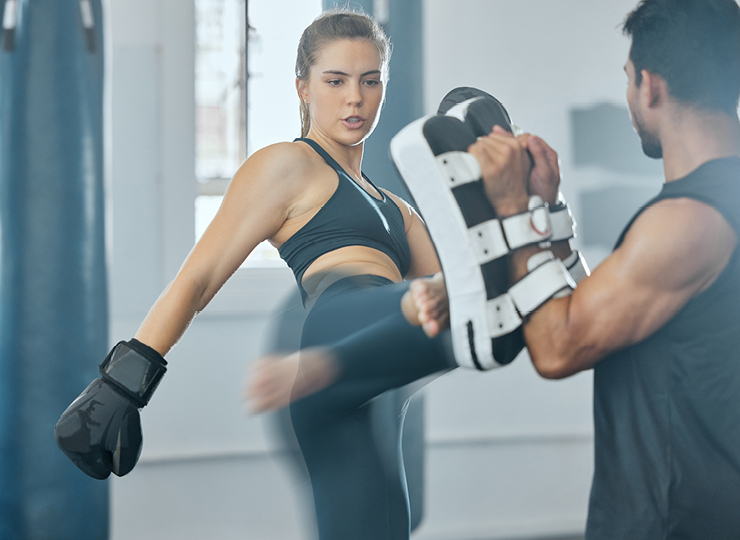
How Much Weight Can You Lose and How Fast with Aerobic Exercise?
Imagine two people walking into a Crunch Fitness class. One weighs 125 lbs, the other 185 lbs. They both crush the same one-hour aerobic workout (think low-impact cardio, maybe some upbeat aerobic dancing), sweating it out side by side like champs.
But here’s the thing: they don’t burn the same number of calories. Why? Because your current weight plays a big role in how your body burns energy.
According to Harvard Health Publishing, here’s how the math breaks down:
- A 185-pound person doing low-impact aerobics for an hour will burn around 488 calories
- A 125-pound person doing the exact same routine burns about 330 calories
Wild, right? That’s because body weight affects your basal metabolic rate—the energy your body uses to keep you alive (aka breathing, digesting, and binge-watching fitness videos). So yeah, the more you weigh, the more energy it takes to move your body, especially during aerobic activity.
If you stay consistent and don’t overcompensate with extra calories, this difference in burn can really add up:
- The 185-pound gym-goer might lose about 4 pounds per month
- The 125-pounder might drop roughly 2.5 pounds
Of course, results vary based on intensity, nutrition, and other factors—but you get the idea. And remember, this isn’t a race! The real goal is building a sustainable exercise program that checks your cardiovascular system, blood pressure, and mood.
How Much Time Does It Take to Lose Weight With Aerobics?
The amount of time it takes to lose weight through aerobic exercise depends on several key factors: your starting weight, the intensity and type of aerobic activity, how often you exercise, and your daily nutrition habits. These elements influence how quickly your body responds to your exercise program.
For example, an individual weighing approximately 70 kilograms (154 pounds) who performs high-impact aerobic workouts for one hour six days a week can expect to lose around 3 to 4 kilograms (6.5 to 9 pounds) over three months, assuming dietary intake supports a caloric deficit.
This estimate reflects a steady and realistic rate of progress, which aligns with guidelines from health organizations promoting safe, sustainable weight loss. Results will naturally vary based on individual fitness levels, metabolism, and overall lifestyle.
To optimize your outcomes, consider integrating aerobic and anaerobic exercises for a more comprehensive approach to fat loss, improved aerobic fitness, and greater metabolic benefits.
Crunch Fitness offers structured programs, expert-led classes, and professional support to help you stay on track and make measurable progress. With the right plan, consistent effort, and guidance, results are not only possible—they’re expected.
What Types of Fat Can You Burn with Aerobic Exercise?
When people think about losing fat, they often picture it coming from just one spot. But your body stores fat in different places—and aerobic exercise helps reduce several of them in ways that seriously benefit your health and look.
Here’s a quick breakdown of the main fat types cardio can help you lose:
- Visceral Fat: It’s the fat hidden in your belly, wrapped around your organs. It’s the most dangerous kind and is linked to heart disease, diabetes, and other serious health problems. The good news is that regular aerobic workouts are super effective at eliminating it. Here’s how to reduce visceral fat with smart habits.
- Subcutaneous Fat: This is the fat right under your skin—the kind most people want to lose to feel leaner. Aerobic activity helps you burn this fat over time and tighten your shape.
- Intramuscular Fat: This fat lives inside your muscles. Losing it helps improve tone and energy. Aerobic exercise helps break it down naturally.
Weight Loss: Which Body Parts Are Targeted During Aerobic Activity
| Body Part | How It’s Activated During Aerobics |
| Legs | From brisk walking to dancing cardio, your quads, hamstrings, and calves power your movement, building strength and stamina. |
| Core | Cycling, kickboxing, and step workouts fire up your abs and obliques, helping with balance, posture, and overall tone. |
| Arms | Exercises such as swimming, rowing, and boxing involve your biceps, triceps, and shoulders for upper-body endurance. |
| Back | Upright aerobic activities—like jogging or aerobics classes—engage your lower and upper back muscles to improve posture and support. |
| Chest | Moves like jumping jacks, burpees, and cardio push-ups activate your pecs, helping tone your upper torso. |
| Shoulders | Workouts with light weights or shadowboxing hit your deltoids, contributing to stronger, more defined shoulders. |
What Are the Health Benefits of Aerobic Exercise?
Improved Heart Health
Regular aerobic exercise strengthens your cardiovascular system, helping your heart pump more efficiently. A European Journal of Preventive Cardiology study found that combining aerobic and resistance exercises significantly lowered blood pressure, improved cholesterol levels, and even helped reduce BMI. Translation: your heart works smarter, not harder.
Better Mood
Feeling stressed or down? Aerobic workouts boost your mood. According to a BMJ review, consistent aerobic activity significantly reduces depression symptoms, thanks to the release of endorphins—your brain’s natural feel-good chemicals. Even a short walk or cycling session can improve your mental well-being.

Fat Loss
Structured aerobic exercise programs have been shown to reduce body fat and improve cardiovascular health. A study published in the European Heart Journal showed that combining aerobic and strength training resulted in noticeable fat loss and better metabolic health.
Increased Stamina
Activities like swimming, biking, or even moderate-intensity aerobic workouts help build endurance, making everyday tasks—like walking stairs or carrying groceries—easier. Research in the Journal of Applied Physiology confirmed regular aerobic training boosts stamina and cardiovascular efficiency.
How to Prevent Injuries During Aerobic Exercise
Staying active is awesome—but getting injured? Not so much. Most aerobic exercise injuries are preventable if you follow simple rules.
- Warm Up Like a Pro: Jumping into high-intensity moves cold is a recipe for disaster. Start every workout with 5–10 minutes of light cardio or dynamic stretches to prepare your muscles and raise your heart rate.
- Wear the Right Shoes: Your old beat-up sneakers won’t cut it. Invest in proper footwear for your activity. The right support reduces impact and protects your joints.
- Build Up Gradually: Are you tempted to go full beast mode on day one? Don’t. Increase your intensity, time, and frequency slowly to avoid strain or overuse injuries. Your body needs time to adapt—respect the process.
- Cool Down & Stretch: Finish strong with light movement and stretching to help your muscles recover and stay flexible. Skipping this step will result in regrets the next day.
Want expert eyes on your form or a safe, customized plan? At Crunch Fitness, our trainers are here to help you train smarter, stay injury-free, and confidently hit your goals. Let’s keep you moving—safely and consistently.
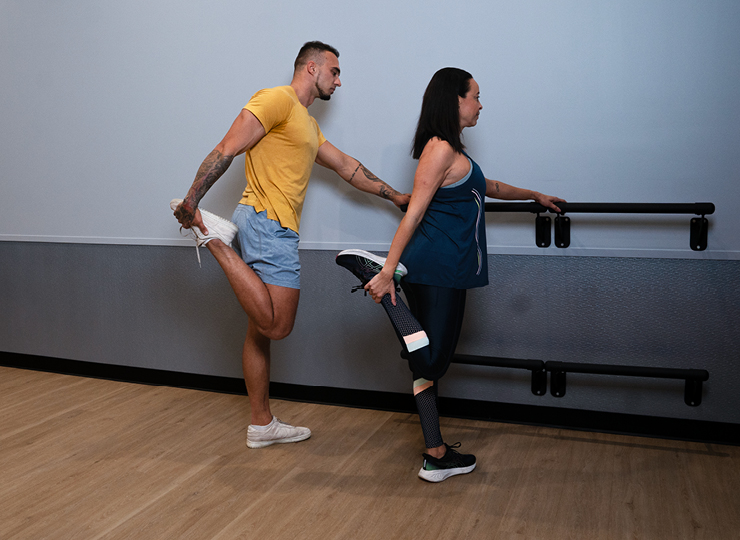
Ready to Burn Fat? Crunch Has Your Back!
Aerobic exercise isn’t just about breaking a sweat—it’s about building a healthier, stronger, more energized version of you. The benefits go far beyond the scale, from burning fat and boosting your heart health to increasing stamina and mood.
So, can you lose weight with aerobic exercise? Yes—but the real win is how it transforms your entire lifestyle. Stay consistent, mix in strength training, fuel your body right, and you’ll be well.
Crunch promotes a culture of positivity, inclusivity, and fun with no judgments by providing an environment for all individuals regardless of their health and fitness goals. Find a Crunch gym near you to try our free trial membership, or join Crunch now. We’re here for you – at the gym or at home. Access the best live & on-demand workouts anytime, anywhere with Crunch+. Ready to get sweaty? Try hundreds of workouts for free! Start your free trial now!










